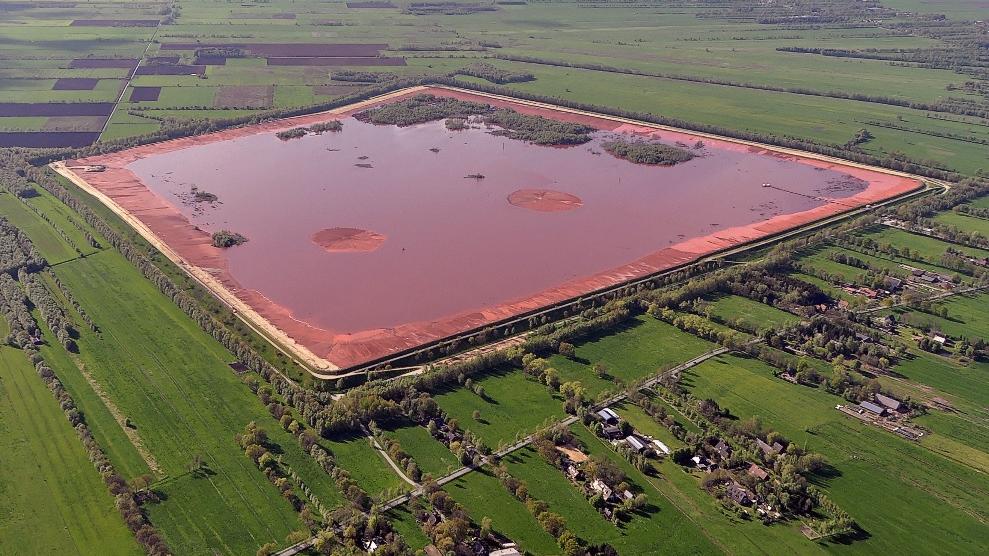Researchers from the SREMat Research Group (SIM² KU Leuven) have published a critical review paper on the potential transformation of bauxite residue (also known as “red mud”) into high added value building materials, such as geopolymers, inorganic polymers and hybrid binders. Reviewing the results of a multitude of national and European red mud projects (incl. the recently completed EU MSCA-ETN REDMUD project), the analysis tries to “put things in perspective”. The paper was published in the Journal of Cleaner Production.
The use of the alumina production waste bauxite residue (BR) in alkali-activated materials (AAM), such as geopolymers, inorganic polymers and hybrid binders, is attracting considerable interest.
This work provides an in-depth review of the growing body of literature in the field of alkali-activated binders from BR and spent Bayer liquor, i.e. another possible resource from an alumina refinery. Additionally, an assessment of the possible role of these resources in alkali-activated materials is made.
The review is approaching the topic from the alumina refinery perspective and is not only presenting and analysing published work, but is synthesising these efforts in a framework that emphasises the potential and the challenges. Moreover, this work tries to map the path towards a realistic valorisation, that acknowledges true and perceived risks (e.g. radioactivity, leaching, legislation).
Besides the trends in scientific literature, also industrial-relevant literature (i.e. patents) are visualised using text analyses (data mining), and some emerging pilot-plant efforts are discussed as well. General barriers for an industrial implementation of BR valorisation and their relevance in view of AAM are discussed, including options on how they could be potentially lifted.
We identified a multitude of BR valorisation routes in AAM, in which BR (or spent Bayer liquor) acts mostly as an inert filler, (partially) reactive material or a supplier of alkalis. Several previously defined barriers concerning an industrial use of BR can be addressed by its use in AAM and can be even advantageous, such as the intrinsic alkalinity of the residue.
However, further pilot plant scale work is needed to assess whether the suggested options can withstand real-life requirements and it is recommended to direct research efforts towards economic, life cycle and environmental assessments.
Highlights
- Review of alkali-activated binders from bauxite residue and spent Bayer liquor.
- Emphasis on the potential and the challenges of the multitude of research efforts.
- Visualisation of occurring trends in scientific and patent literature.
- Critical analysis of risks, barriers and opportunities.
Full reference of the paper
Tobias Hertel, Yiannis Pontikes, Geopolymers, inorganic polymers, alkali-activated materials and hybrid binders from bauxite residue (red mud) – Putting things in perspective, Journal of Cleaner Production, 258, 2020, 120610, https://doi.org/10.1016/j.jclepro.2020.120610
Acknowledgements
The research has received funding from the European Community’s Horizon 2020 Programme (H2020/2014–2019) under Grant Agreement No. 636876 (MSCA-ETN REDMUD).
Want to know more about red mud?
Watch our red mud video with Ray Cokes: https://youtu.be/M9qf21eJkdk





